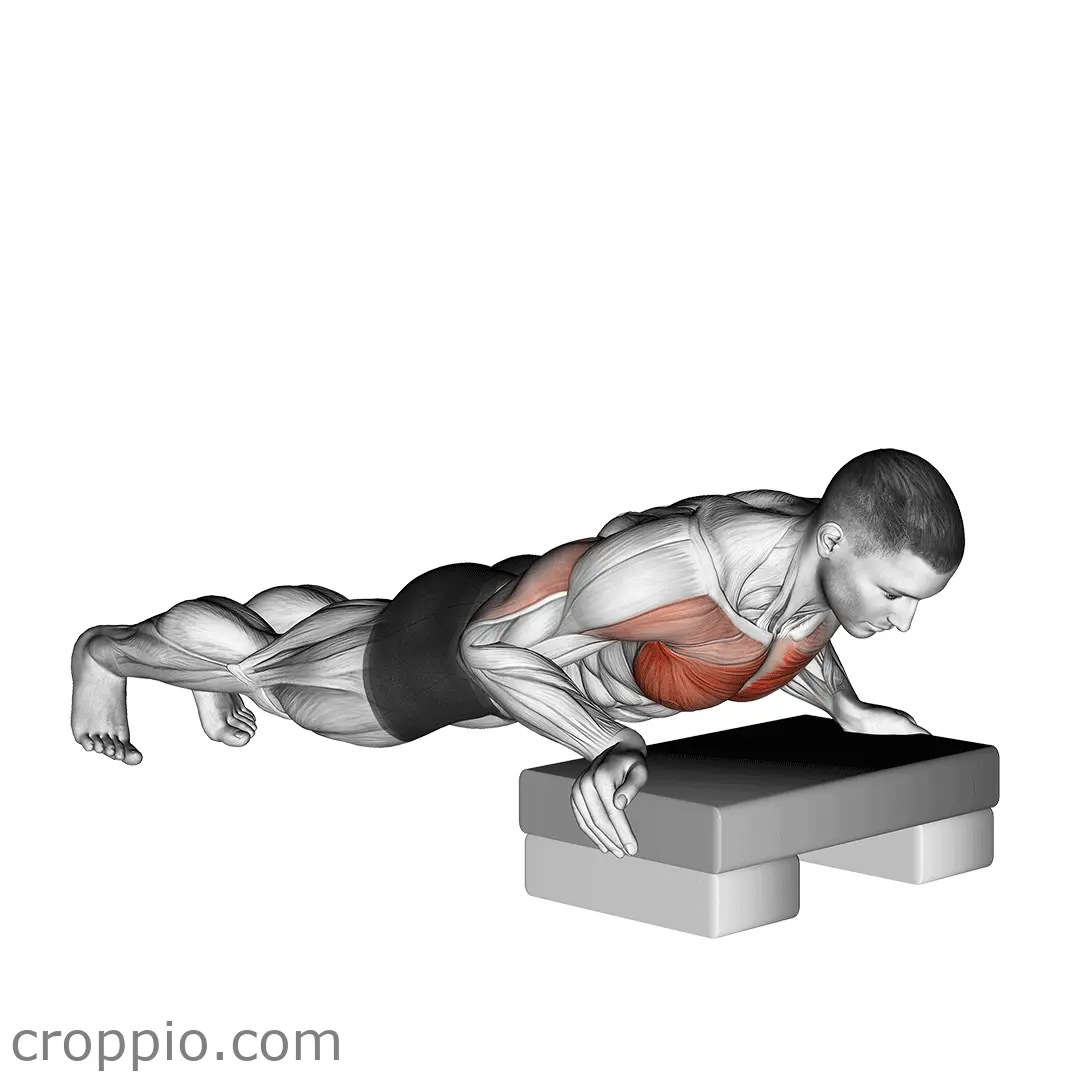Pronated Grip Cable Fly

Muscles Involved
The pronated grip cable fly effectively targets multiple muscle groups, making it an excellent addition to a strength training routine. The primary muscles involved are the pectoralis major and pectoralis minor, which are responsible for the adduction of the arms. As you perform the movement, you’ll also engage the anterior deltoids, which help stabilize the shoulder joint. Additionally, the exercise recruits the serratus anterior and the triceps brachii as secondary muscles, contributing to shoulder stability and arm extension, respectively.
Top Mistakes
- Incorrect Grip: Using an underhand grip instead of the specified pronated grip can reduce the effectiveness of the exercise.
- Excessive Weight: Choosing a weight that is too heavy often leads to improper form and potential injury.
- Range of Motion Issues: Failing to achieve full extension and contraction can limit the muscle engagement and benefits.
- Rounding the Shoulders: Allowing the shoulders to round forward while performing the fly can strain the shoulder joints and reduce exercise effectiveness.
Execution Tips
- Proper Positioning: Stand tall with your feet shoulder-width apart. Ensure the cable pulleys are set at shoulder height for optimal biomechanics.
- Grip Alignment: Use a pronated grip with palms facing down. This positioning will help target the chest muscles more effectively.
- Controlled Motion: Focus on a slow and controlled movement during both the pulling and releasing phases, ensuring full range of motion to maximize muscle engagement.
- Shoulder Blade Retraction: Always keep your shoulder blades retracted and downwards throughout the movement to ensure correct posture and to avoid unnecessary strain on the shoulders.
Workouts
The pronated grip cable fly can be seamlessly integrated into a comprehensive workout routine. A typical approach may include performing 3 to 4 sets of 10 to 15 repetitions. This exercise can be complemented with bench presses or incline dumbbell presses to further target the chest muscles. Incorporating this fly into a push day workout, alongside triceps dips and shoulder presses, will create a balanced regime that enhances upper body strength.
Conclusion
In summary, the pronated grip cable fly is an effective exercise for building chest strength and improving overall upper body aesthetics. By focusing on proper technique, avoiding common mistakes, and incorporating it into a well-structured workout plan, individuals can significantly benefit from enhanced muscle tone, increased shoulder stability, and improved performance in other exercises. Whether you are a beginner or an experienced lifter, this exercise is versatile and highly beneficial.



